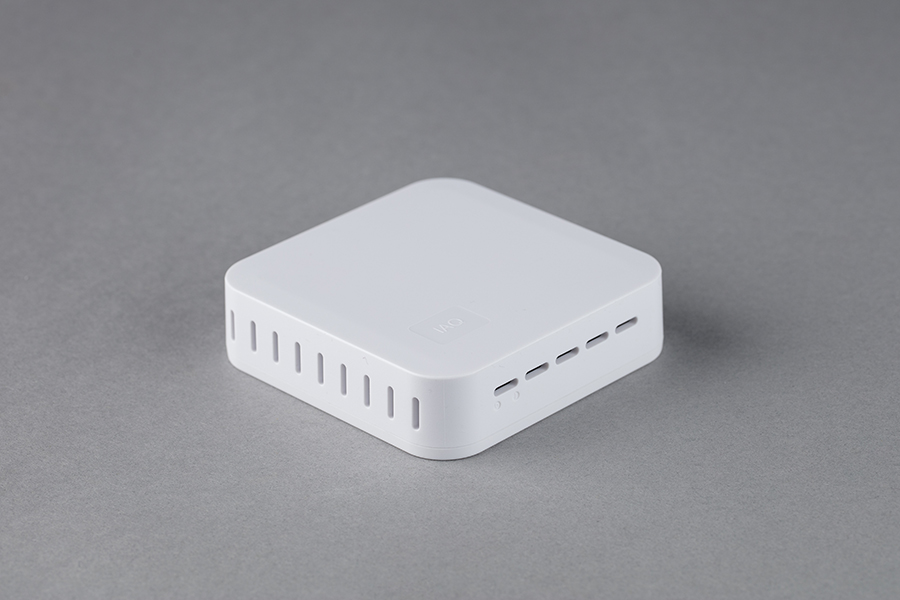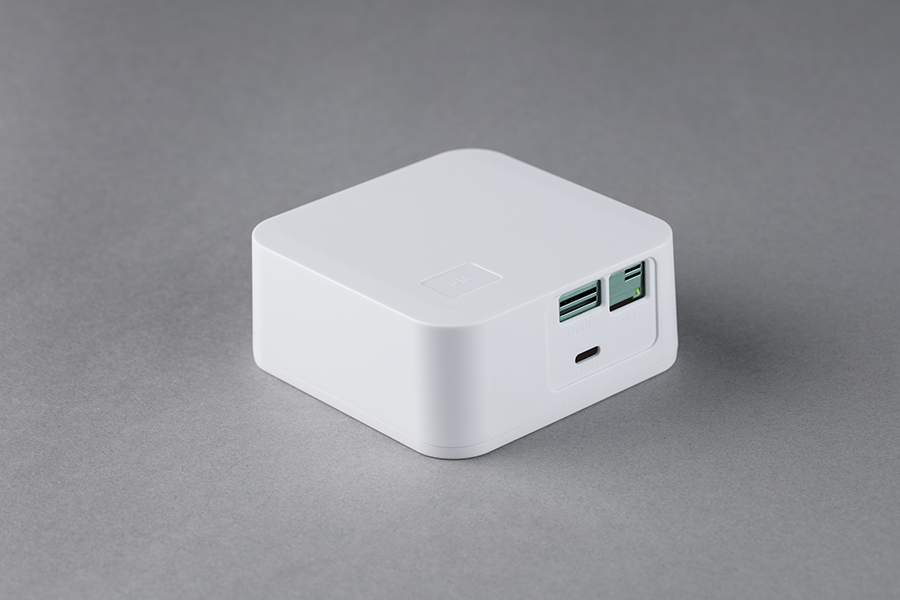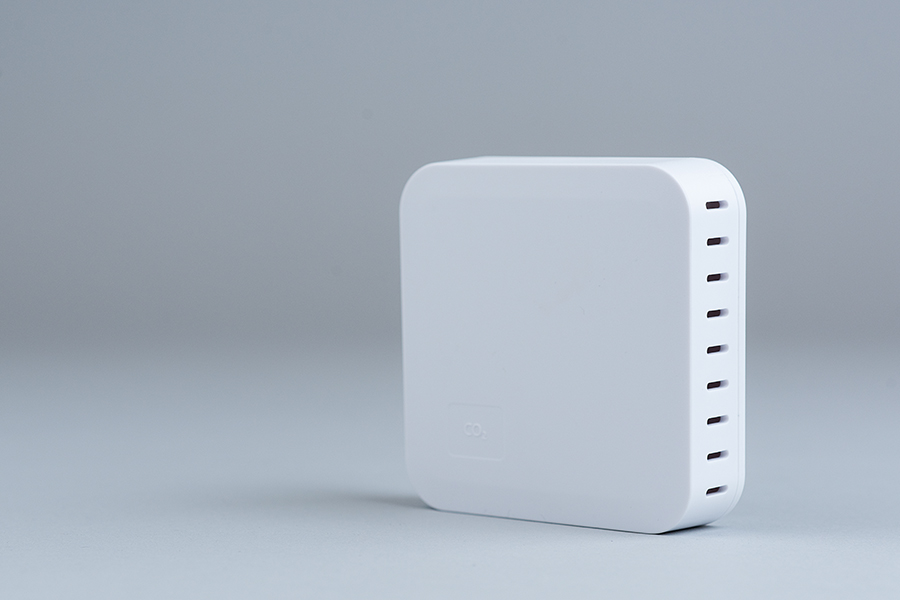Indoor air quality (IAQ) is an important part of any enclosed environment, in particular work/study. Regarding Covid-19, ventilation also plays an important part in reducing virus transmission by dilution and removal of infected particles and droplets.
The established benchmark test for IAQ is to assess CO2 levels. It is generally understood that indoor CO2 levels are a good proxy for the amount of pollutant dilution in occupied spaces and can therefore be used as an indicator for fresh air. We have heavily invested in developing and manufacturing a refreshed CO2 device, one that is able to present live-readings through an e-ink display on the device.
A CO2 molecule is 0.33nm in diameter, but the entire molecule (from centre of O to the other is 232pm). Outdoor air often contains approximately 400ppm (Particles per million). Considering CO2 comes from human breathing and not many other sources, it is important to frequently monitor indoor air quality. An indoor CO2 level of around 1000ppm often indicates poor indoor air quality, and usually many of us should start feeling the effects of thick, poor, air. Should the levels exceed 1000ppm, consider it increasingly worrisome, immediate action should be taken. We can confirm these thresholds have been thoroughly researched, and are to be followed.
Airborne transmission
The principal mode by which people are infected with SARS-CoV-2 (the virus that causes COVID-19) is through exposure to respiratory droplets carrying infectious virus.
Produced during exhalation (e.g., breathing, speaking, singing, coughing, sneezing) and span a wide spectrum of sizes that may be divided into two basic categories based on how long they can remain suspended in the air. Both larger droplets and smaller aerosols spread the Corona virus.
Pathogens
Pathogens that are mainly transmitted through close contact (i.e., contact transmission and droplet transmission) can sometimes also be spread via airborne transmission under special circumstances. There are several well-documented examples in which SARS-CoV-2 has been transmitted over long distances or times. These transmission events appear uncommon and have typically involved the presence of an infectious person producing respiratory droplets for an extended time (>30 minutes to multiple hours) in an enclosed space. Enough virus was present in the space to cause infections in people who were more than 6 feet away or who passed through that space soon after the infectious person had left.
Circumstances under which airborne
Transmission of sars-cov-2 has occurred include:
Transmission of sars-cov-2 has occurred include:
How Connected Airwits can help
Informs of viruses and bacteria spreading risk
Vital data to enable efficient ventilation
Decreased CO2 levels increases efficiency
Healthy building indicator and certifications


